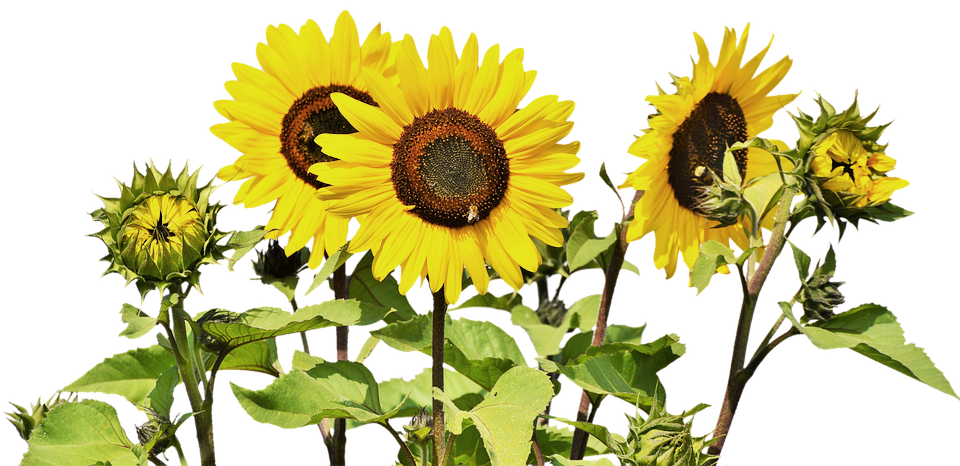
How to Start a Garden: A Beginner’s Guide
By Chris Edmunds
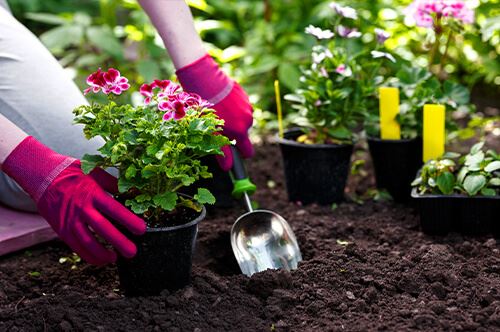
With the massive return in popularity of growing our own food and spending time in our own backyard, maybe this is the year you want a flourishing garden to call your own. While it may be intimidating, gardening doesn’t have to be overly complicated. It takes some planning and a lot of patience, but it’s absolutely worth the investment. Check out our guide on how to start your own garden.
Step 1: Dream Big
When you start a garden, begin by dreaming up your ideal oasis. Start by thinking of what you like and what matters most to you in a garden. Some suggested questions to start you off:
- What do I want out of my garden? Food source, relaxation, attracting wildlife, etc.
- How much time do I want to spend maintaining my garden?
- What colors and aesthetic choices matter to me?
- What is my budget?
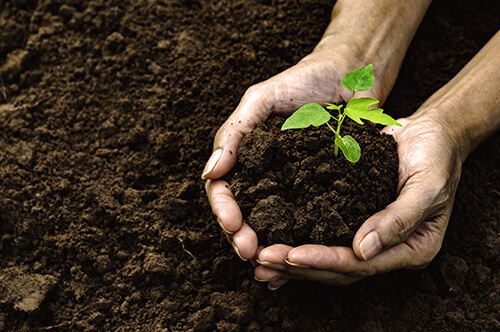 Step 2: Assess the Potential
Step 2: Assess the Potential
After you have dreamed your big dreams, it’s time for a dose of reality as you assess what your outdoor space can support. One thing to learn before starting your garden is what growing zone you are in. Your USDA plant hardiness zone dictates what plants will survive through the winter in your area, which is important when choosing perennial plants that come back year after year.
Next, remember the 3 S’s: Soil, sunlight, and space.
Soil: One of the most crucial investments you can make when starting your garden. Soil that is rich in nutrients can be the key to a tasty edible garden or a flourishing flower bed. Choose all-purpose soil for the garden or a high quality potting soil if you plan on going the container garden route. Depending on what plants you select, mulch may also be a great addition to your garden beds.
Sunlight: Take the time to observe how much sunlight enters your garden area throughout the day. Keep in mind that the sun is at its southernmost point in the winter and northernmost in summer, so depending on which season you are observing in there will be some slight changes through other seasons as well. To find out if you have full sun or full shade, look in the morning, mid-morning, and throughout the day until near nightfall. If you see direct sunlight for at least eight hours, you have full-sun. Full-shade locations will get no more than four hours of direct sunlight, it is best if these are during morning. Especially in the summer western afternoon sunlight can be hotter and more drying than eastern morning sun exposure. Once you know how much sunlight your yard gets, it can help guide your plant choices.
Space: Most importantly, where will your garden grow? How much garden space do you have, and what can you do to make the most of it? If you wish your garden beds were larger or you don’t have any at all, raised bed gardening is more popular than ever. Don’t forget some often overlooked areas around your house, shed, or along a fence. There are tons of possibilities.
Give yourself permission to make mistakes; they are a great way to learn! You’re allowed to grow—just like your new garden.
Step 3: Meet your Match
Now that you’ve assessed what you and your space can handle, it’s time to choose what plants you’ll start within your new garden. Keep in mind each plant’s individual needs in terms of space (think of the full grown size), sunlight, and water. This choice can seem tough, but remember that as your gardening experience grows, so will your ability to make great choices for your garden!
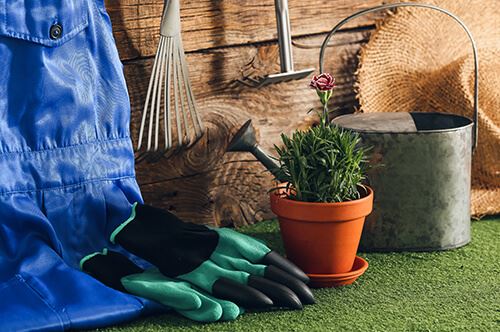 Step 4: Stock up on Supplies
Step 4: Stock up on Supplies
When you’re starting a garden, make sure you have some basic supplies to help ease the process of preparing, transplanting, and maintaining your garden. Here are some essentials to add to your cart:
- Pots and containers of the appropriate size to your space and plant needs
- Watering can, hose with nozzle, sprinkler, etc
- Trowel, spade, hoe, and digging fork
- Garden markers
- Soil, mulch, and fertilizer
Step 5: Prepare the Space
Once you’ve decided where to create your garden. Start by removing any existing lawn or weeds to reduce their potential for regrowth. Add any new soil and additives like aged compost and churn, or till completely, so everything is mixed in evenly. Ensure you have removed sticks, rocks, and anything else that doesn’t belong in the soil. Create the rows or holes for your various plants. Ensure that none of the plants are crowding one another—plants that are too close together will compete for root space, nutrients and could potentially block out light.
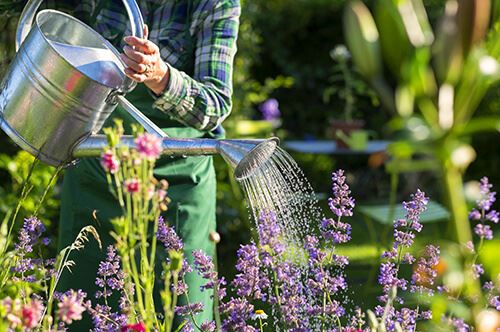 Step 6: Planting and Maintaining
Step 6: Planting and Maintaining
Whether you are starting from seed or transplanting nursery plants, make sure you follow the instructions that come with each new plant or seed. Your new garden will need plenty of water and light to put down roots and to thrive. It’s a great idea to keep a journal or schedule to track your planting, sowing, pruning, and fertilizing. Give yourself permission to make mistakes; they are a great way to learn! You’re allowed to grow –– just like your new garden.
If you’re ready to get started you can browse our plant selection online, which has helpful information for planning like height, width, and sun exposure. Then make sure to stop by one of our seasonal garden centers near you this spring!

